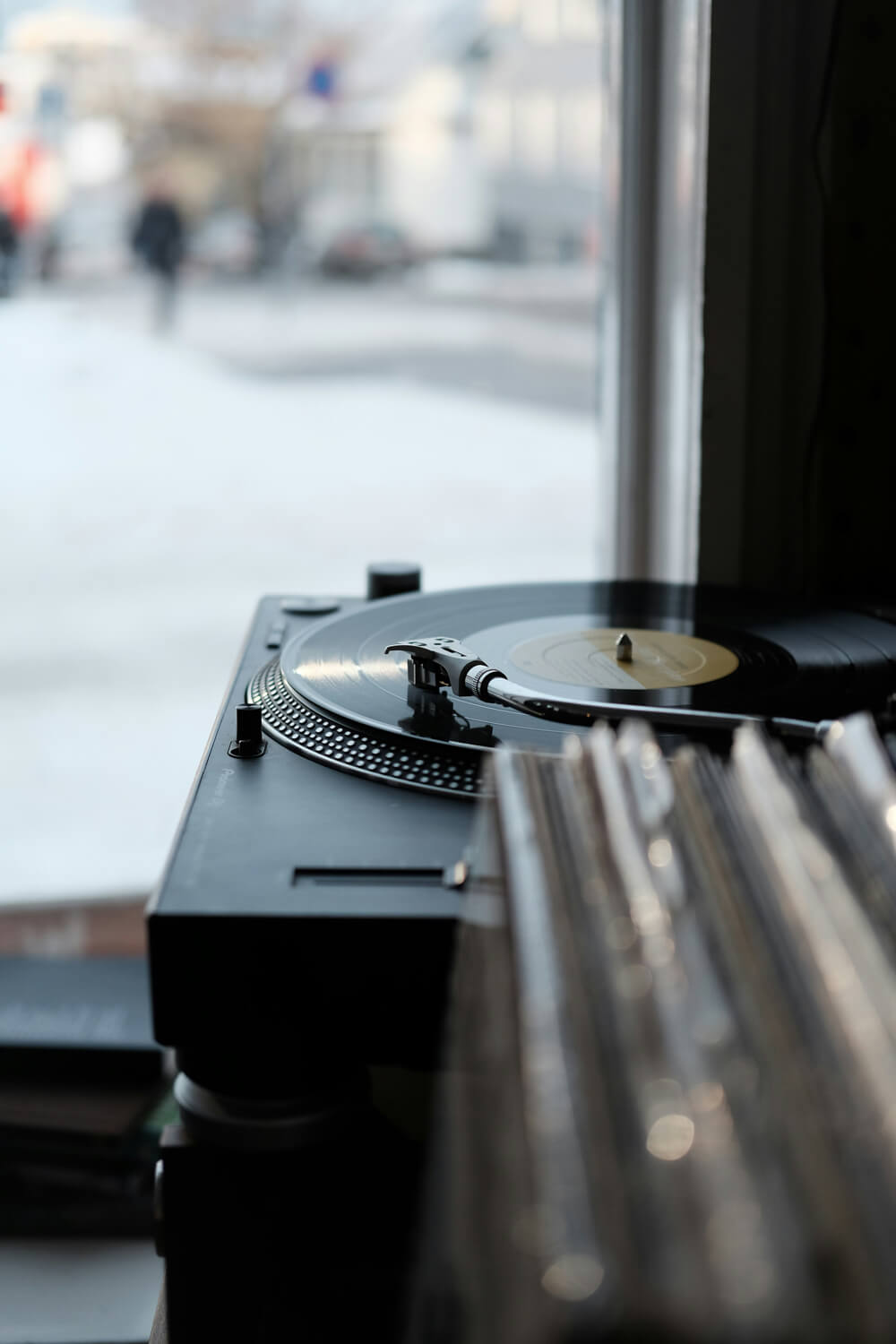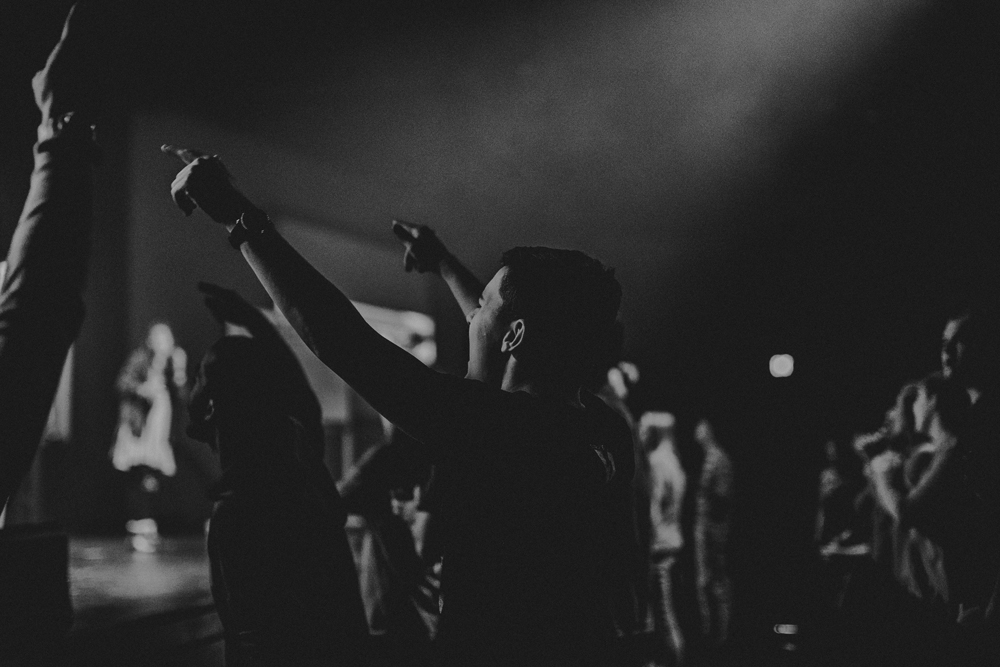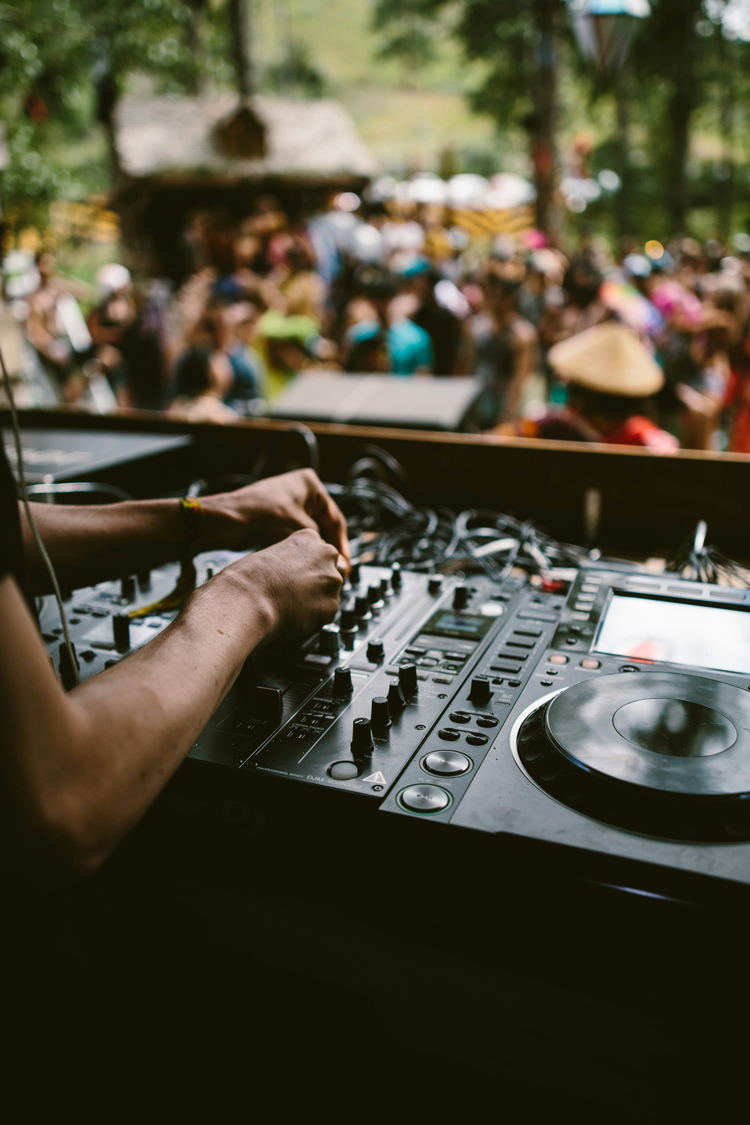
The Cost of Dubplates: A Pricing Debate
The story of dubplates is a compelling chapter in the history of music, particularly within the reggae and sound system cultures. These unique recordings have played a pivotal role in developing various music genres and have been a cornerstone in the DJ and sound system scene. This article delves into the history of dubplates and explores the ongoing debate about whether the prices for these exclusive items have become prohibitively high.
The Origins of Dubplates
The dubplate culture originated in the 1960s in Jamaica when reggae music was gaining momentum. Dubplates were initially used as a means for producers to test new recordings before committing them to a full pressing. These early versions of songs were cut directly onto acetate discs and played at dances to gauge crowd reactions. The uniqueness of a dubplate was in its exclusivity—the music on these plates was often unreleased tracks or special versions, which were not available to the general public.
Dubplates and Sound System Competitions
As sound system competitions became more popular in Jamaica and later in other parts of the world like the UK, dubplates gained significant importance. Sound systems would commission custom dubplates featuring popular artists singing or deejaying over popular riddims, but the sound system’s name would be included in the lyrics. These specials became a sound system’s secret weapon, as having an exclusive dubplate could elevate the system’s status and provide a competitive edge in clashes.
“Dubplates remain a vibrant part of reggae and sound system culture, embodying the spirit of innovation and competition that has fueled these scenes for decades.”
Transition to Modern Times
With the advent of digital music production and distribution, the nature of dubplates has evolved. Traditional acetate discs are less common, replaced by digital files that still bear the hallmark of exclusivity. These modern dubplates are easier to produce and can be easily distributed globally, helping international DJs and sound systems participate in the culture without needing physical plates.
Is the Price Justified?
Critics of the current pricing structure raise several concerns:
Accessibility: High costs can gatekeep the culture, preventing aspiring DJs and sound system operators, especially those from lower-income backgrounds, from participating. This exclusivity can stifle new talent and innovation, as only well-funded outfits can afford the top-tier dubplates.
Commercialization Over Culture: There is a fear that the essence of sound system culture—a communal celebration of music—is being overshadowed by commercial interests. The high prices might prioritize profit over the communal and inclusive spirit that originally defined reggae and sound system scenes.
Economic Pressure: For many, the cost of dubplates adds significant economic pressure. As the scene becomes more competitive, the financial burden of keeping up can lead to a disproportionate focus on acquiring exclusive content rather than improving the overall quality and experience of performances.
Impact on Artist Relationships: The high cost of dubplates might also strain relationships between artists and the community. While artists deserve fair compensation, exorbitant fees can lead to perceptions of greed and a disconnect from the culture’s grassroots origins.
On the other hand, proponents argue that:
Value of Exclusivity: The exclusivity of dubplates adds considerable value to a DJ or sound system’s performance, particularly in competitive settings where having a unique track can set one apart from the competition.
Artist Compensation: In an era where traditional revenue streams are dwindling, dubplates represent a significant income source for artists. The fees they charge are seen as a fair exchange for the creativity and exclusivity they provide.
Market Dynamics: The pricing of dubplates is also defended through market dynamics—supply and demand dictate the prices and high fees reflect the high demand for exclusive content from renowned artists.
Preservation of Quality: Higher prices can ensure that only serious contenders participate in sound clashes, potentially preserving the quality and integrity of these events.

Dubplates remain a vibrant part of reggae and sound system culture, embodying the spirit of innovation and competition that has fueled these scenes for decades. While the debate over their pricing continues, it is clear that dubplates will persist as a cherished tradition in the music community. Whether these costs are justified may depend on individual perspectives within the ever-evolving landscape of the music industry. As we look to the future, balancing respect for artists’ work with accessibility will be vital in maintaining the rich cultural heritage dubplates represent.
Subscribe to newsletter
You may also like
Is the Soundclash World Delusional?
Are sound systems hiding behind high prices? Are promoters and fans shouldering the weight of dubpla
The Controversy of Soundclash Endings: Can We Return to the Good Old Days?
While modern audiences crave clarity, returning to a more organic approach could elevate the culture
Is Soundclash Losing Its Edge? How Current Crews and an Aging Audience Threaten Its Future
The future of Soundclash depends on its ability to evolve without losing its essence.



